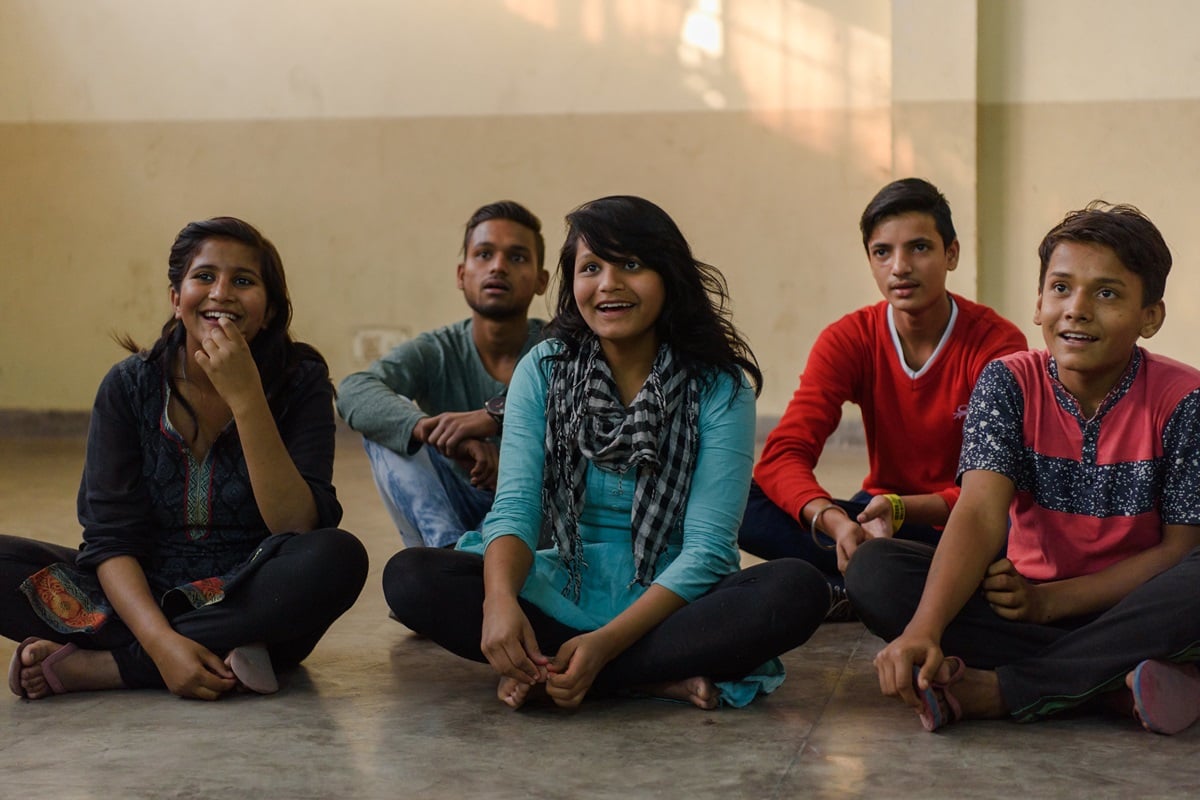Subtotal $0.00

Reduce sexually transmitted infections
The number of new sexually transmitted infections (STIs) annually among older adolescents (aged 15–19 years) is not declining nearly quickly enough to reach the 2030 SDG targets. In 2023, there were an estimated 1.9 million adolescent girls and young women aged 15–24 years living with HIV, compared to 1.2 million adolescent boys and young men.
Young people (aged 15–24) bear the burden of close to 30% of all new HIV infections globally, with girls and young women (15–24) accounting for close to 60% of new infections among that age group.
Adolescents and young people belonging to marginalized groups are disproportionately at risk of acquiring STIs and HIV. Regressive laws can marginalize these groups and increase health risks. Currently, 67 countries have laws criminalizing same-sex relationships, posing a threat to the physical, emotional and social safety and well-being of LGBTQI+ populations.
Preventing STIs and HIV among adolescents requires that they are empowered to have safe sex and have access to information, education and methods of prevention that are provided in non-stigmatizing ways. Adolescent-responsive sexual and reproductive health services are essential. The meaningful engagement of adolescents and young people in the planning, monitoring and evaluation of health services and in decisions regarding their own care is key as an integral component of effective adolescent HIV care.
Comprehensive sexuality education (CSE) has also been shown to improve uptake of condoms and reduce STIs. However, there has been a significant rise in opposition to the provision of CSE and efforts to ensure that adolescents have the knowledge and means to protect themselves, increasing the risk of both short and long-term health harms.





